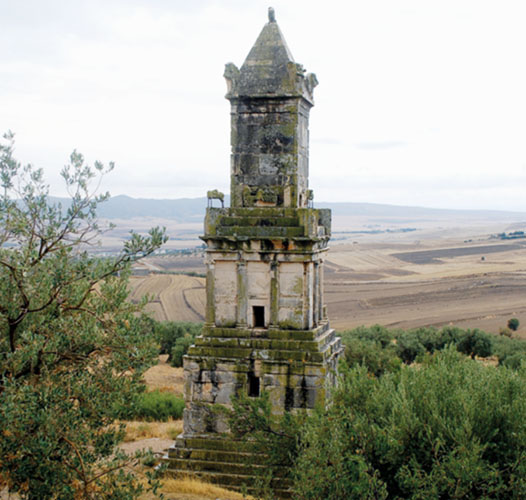April 2019 (123.2)
Article
The Architectural and Social Dynamics of Gentrification in Roman North Africa
Much has been written about gentrification in the contemporary world, but far less work has interrogated whether a similar type of renewal can be observed in different places or periods. This article explores the archaeological application of this concept to the cities of Roman North Africa. Three baseline characteristics are identified for the gentrification process: the displacement of less affluent communities, transformations to the overall character of the built environment, and subsequent waves of gentrifying elites. Making use of the wealth of data for elite domestic construction in North Africa, I first demonstrate the archaeological traces of physical alterations that can be associated with these three factors—that is, evidence for the architectural dynamics of Roman gentrification. I then rely on queries provided by modern gentrification studies to explore the social dynamics of who is involved and why only some neighborhoods are gentrifiable. The resulting discussion highlights the contradictory trends and competing processes that are central to urban regeneration in the Roman world and best situated within the ongoing dialogue of Roman globalization. The introduction of gentrification into the globalization debate is thus a novel way to understand how connectivity shaped the dynamic city spaces of North Africa in antiquity.
